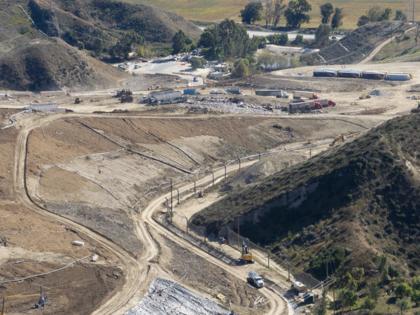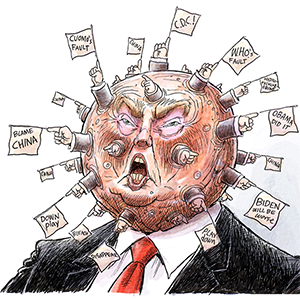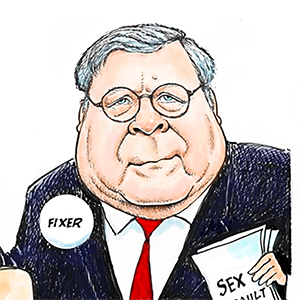California regulators approve rules to curb methane leaks and prevent fires at landfills
Published in Science & Technology News
In one of the most important state environmental decisions this year, California air regulators adopted new rules designed to reduce methane leaks and better respond to disastrous underground fires at landfills statewide.
California Air Resources Board members voted 12-0 on Thursday to approve a batch of new regulations for the state’s nearly 200 large landfills, designed to minimize the release of methane, a powerful greenhouse gas produced by decomposing organic waste. Landfills are California’s second-largest source of methane emissions, following only the state’s large dairy cow and livestock herds.
The new requirements will force landfill operators to install additional pollution controls; more comprehensively investigate methane leaks on parts of landfills that are inaccessible with on-the-ground monitoring using new technology like drones and satellites; and fix equipment breakdowns much faster. Landfill operators also will be required to repair leaks identified through California’s new satellite-detection program.
The regulation is expected to prevent the release of 17,000 metric tons of methane annually — an amount capable of warming the atmosphere as much as 110,000 gas-fired cars driven for a year.
It also will curtail other harmful landfill pollution, such as lung-aggravating sulfur and cancer-causing benzene. Landfill operators will be required to keep better track of high temperatures and take steps to minimize the fire risks that heat could create.
There are underground fires burning in at least two landfills in Southern California — smoldering chemical reactions that are incinerating buried garbage, releasing toxic fumes and spewing liquid waste. Regulators found explosive levels of methane emanating from many other landfills across the state.
During the three-hour Air Resources Board hearing preceding the vote, several Californians who live near Chiquita Canyon Landfill — one of the known sites where garbage is burning deep underground — implored the board to act to prevent disasters in other communities across the state.
“If these rules were already updated, maybe my family wouldn’t be sick,” said Steven Howse, a 27-year resident of Val Verde. “My house wouldn’t be for sale. My close friend and neighbor would still live next door to me. And I wouldn’t be pleading with you right now. You have the power to change this.”
Landfill operators, including companies and local governments, voiced their concern about the costs and labor needed to comply with the regulation.
“We want to make sure that the rule is implementable for our communities, not unnecessarily burdensome,” said John Kennedy, a senior policy advocate for Rural County Representatives of California, a nonprofit organization representing 40 of the state’s 58 counties, many of which own and operate landfills. “While we support the overarching goals of the rule, we remain deeply concerned about specific measures including in the regulation.”
Lauren Sanchez, who was appointed chair of the California Air Resources Board in October, recently attended the United Nations’ COP30 climate conference in Brazil with Gov. Gavin Newsom. What she learned at the summit, she said, made clear to her that California’s methane emissions have international consequences, and that the state has an imperative to reduce them.
“The science is clear, acting now to reduce emissions of methane and other short-lived climate pollutants is the best way to immediately slow the pace of climate change,” Sanchez said.
©2025 Los Angeles Times. Visit at latimes.com. Distributed by Tribune Content Agency, LLC.







Comments